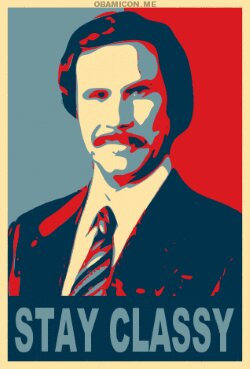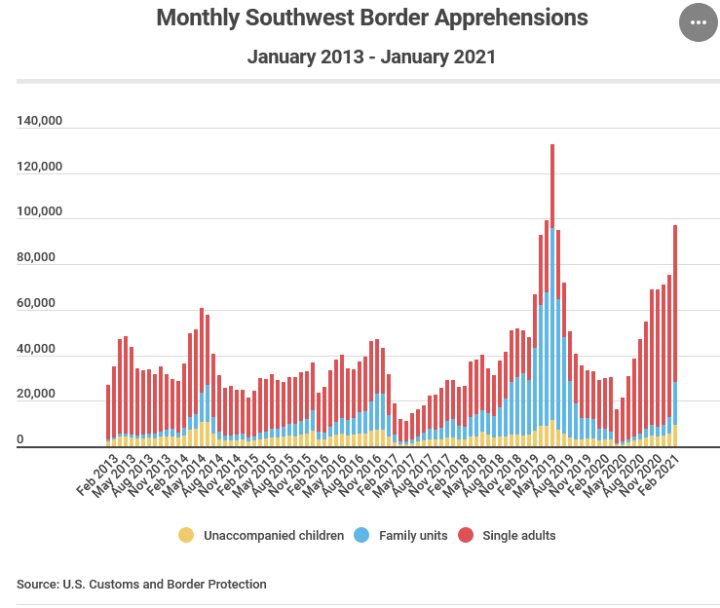@
Graylight Yes, history did not start before 1996. Keen eye.
I was not alive when democrat voter fraud began in the US. Here is some history:
https://www.sfgate.com/bayarea/article/1856-vigilantes-changed-corrupt-political-system-5663654.php
1856 vigilantes changed corrupt political system
Gary Kamiya
Aug. 1, 2014
3
1of3
This is a photo of "Fort Gunnybags," headquarters of the San Francisco Vigilance Committee of 1856. It was on Sacramento street between Davis and Front streets. It is one of many historic photos on exhibit at 1 Sacramento street.
The vigilantes who seized control of San Francisco in 1856 had more on their minds than exacting street justice - they wanted to change the city's entire corrupt political system. They were revolutionaries.
The Second Committee of Vigilance was formed in response to the fatal attack on a popular reforming newspaper editor - its first action was to hang the killer and his unfortunate cellmate. But the real target of the movement, which was largely made up of merchants, skilled workers and clerks,
was a Tammany Hall-style political machine run by a Democratic operative named David Broderick.Broderick handed out jobs to his cronies and used hired toughs to ensure that votes went his way. A few weeks after the hangings, the vigilante committee found its smoking gun: a false-bottom ballot box in the house of a Democratic activist.For 19th century Americans, proud of their new democracy,
elections were sacred, and violation of the ballot box was "a crime of the darkest dye," as the Alta California newspaper put it. The box that the vigilantes seized had a secret compartment to hold extra ballots, which could be released into the main compartment by moving a hidden panel.
At least 10,000 people turned out at a mass meeting to listen to speeches and view the "amazing false-bottomed ballot box." The sacrilegious object, permanently displayed in the Committee of Vigilance's headquarters, a sandbagged building on Sacramento Street known as Fort Gunnybags, became the movement's icon.
Membership in the group swelled to as many as 8,000 men, the largest vigilante movement in U.S. history.
Swift justice
Vigilante justice, unhampered by legalisms like warrants or jury trials, was swift and implacable. As Broderick's detested political operatives walked down the street, they suddenly found themselves surrounded by armed vigilantes, given summary trials for political fraud and ballot-box stuffing, convicted and hustled onto ships in the harbor. Then they were deported.
Twenty-five or so of Broderick's cronies received this treatment, with Panama and Hawaii being popular destinations. According to historian Hubert Bancroft, the vigilantes also persuaded about 800 of the "worst characters" to leave the city, a crew composed of "thieves, murderers, corrupters of public morals, gamblers, prize-fighters,
A strange-bedfellows alliance of
ballot-box stuffers, loafers and vagabonds." Broderick's heavily Irish, working-class supporters joined the "Chivs," Southern pro-slavery Democrats, in opposing the vigilantes. Swayed by David Terry, a ferocious, bowie-knife-wielding Chiv and state Supreme Court justice, Gov. Neely Johnson declared that San Francisco was in a "state of insurrection" and called upon all citizens to enlist in the militia to crush it.
The San Francisco branch of the state militia was commanded by a banker named William Tecumseh Sherman. He would go on to make something of a name for himself in the Civil War, but San Francisco's vigilantes proved too much for him.
Johnson planned to raise a large force and equip it with 4,000 muskets that would be provided by the military base at Benicia. Sherman located a hilltop on which he could place artillery that would destroy Fort Gunnybags.
If Johnson's plans had come to fruition, the U.S. military could have opened fire on the rebellious city of San Francisco. Sherman, however, was torn: He was sworn to uphold the law, but his fellow merchants were all vigilantes, and opposing the movement would doom his bank.
Scared of S.F.
When only a few hundred ragtag San Franciscans answered Johnson's call, Sherman resigned. He was later to utter one of the most deathless quotes in the city's history: "I can handle a hundred thousand men in battle and take the City of the Sun (Atlanta), but am afraid to manage a lot in the swamp of San Francisco."
One last bizarre twist remained in the saga. When vigilantes tried to arrest Terry, who had fomented a plan to ship arms to antivigilantes, he stabbed one of them with his bowie knife. When the vigilantes arrested Terry, they found themselves in a quandary: A state Supreme Court justice was such a big fish they didn't know what to do with him.
Fortunately, the stabbed vigilante lived, and the unrepentant Terry, who raged that he was being punished for merely sticking a knife into a "damn little Yankee well-borer," was surreptitiously released one night at 2 a.m. Fearing for his life, he took refuge on a Navy ship, the John Adams, that was anchored ominously off the Sacramento Street pier, its guns trained on Fort Gunnybags.
Farewell parade
It never had to fire a shot. On Aug. 18, 1856, the Second Committee of Vigilance voluntarily disbanded, 99 days after a fire station bell had first tolled to summon citizens to action.
As bands played, more than 6,000 armed men paraded through the flag-decked streets - a larger force, veterans remarked, than that commanded by Gen. Winfield Scott when the U.S. Army captured Mexico City in 1847. In the middle of the parade, vigilantes pulled a float carrying a large painted canvas replica of Fort Gunnybags, complete with five cannons.
The deterrent effect of the 1856 committee's actions on crime only lasted for a month or two. In October, the Alta California wrote that "crime, vice, dissipation still rear their hydra-heads in our midst. ... Offenders against law and the public weal are scarcely less numerous or successful than of old."
Lasting change
But the committee's most lasting achievement was set in motion just before it disbanded. On Aug. 11, a mass gathering listened to orators denounce the existing political parties - Democrats, Republicans, Whigs and Know-Nothings - and demand a new party. The antiparty, populist, reform-minded People's Party that formed in response swept into power in elections that fall.
Major political and fiscal reforms, including slashing bloated municipal expenditures, lowering taxes and putting the city on a pay-as-you-go basis, were implemented. The People's Party, born of the most extraordinary upheaval in the city's political history, held office for 10 years.



















